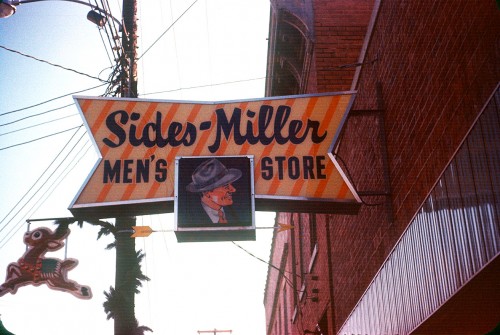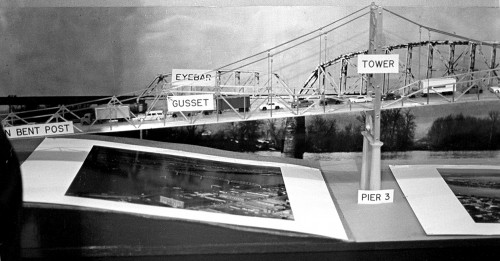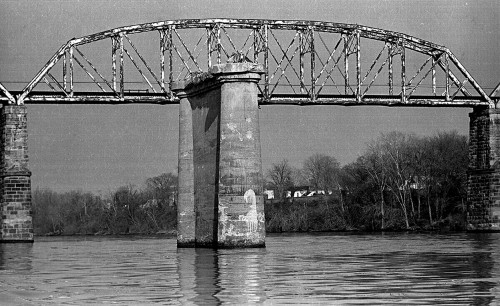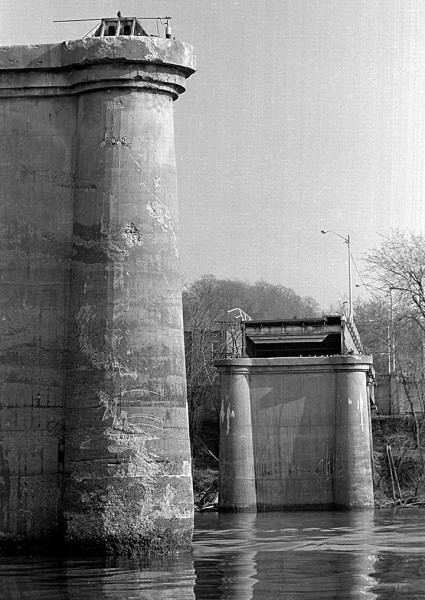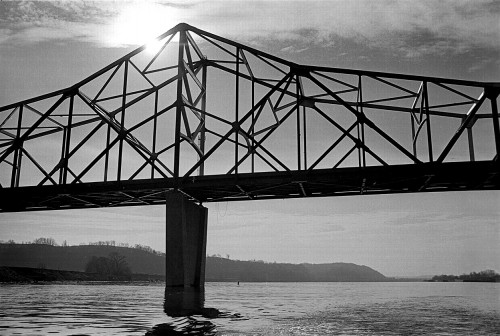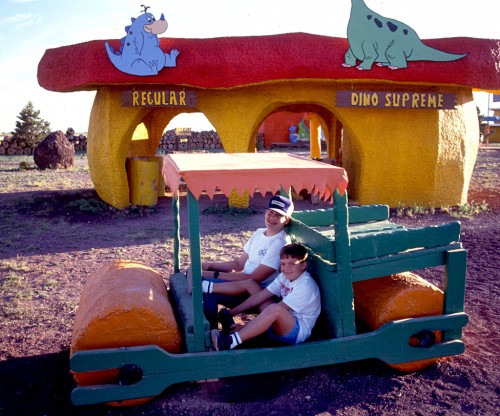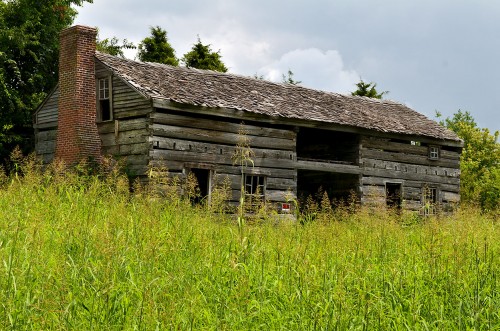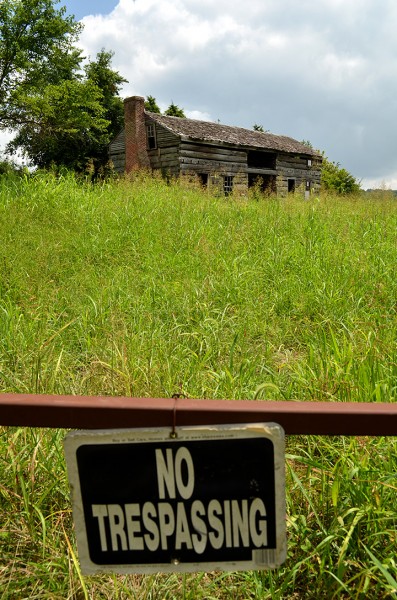Here’s another General Sign Co. sign from Terry’s Hopkins‘ dad’s box of photos. This one is for Sides-Miller Men’s Store at 625 Broadway. It must have been around Christmas time because of the reindeer decoration behind it.
Random news stories
- December 6, 1948 – $4000 Loot in Men’s Store Theft – More than $4000 in cash and merchandise was taken from Sides-Miller Men’s Store, 625 Broadway, Saturday night or early Sunday morning by thieves who cut the three-eighths inch iron bars on a rear window and hauled away a 250-pound safe and armloads of men’s wearing apparel, police said today.
- July 21, 1949 – Dog Saved Burglary of Store – Sides-Miller men’s store, 625 Broadway, from which burglars stole $4000 in cash and clothing last December 5, was booked a second time by St. Louis thugs last week but a barking dog and heavy iron bars changed the plans, Cape Girardeau police learned Wednesday through written confessions by two St. Louis suspects.
- May 13, 1979 – New Sides-Miller – Bulletin-Journal: Sides-Miller Men’s Store, established on Broadway since 1947, has had a change of ownership effective May 1. Larry W. Barnes, a former Girardeau [resident], is the new owner. He and his wife Judi purchased the corporation from Eugene Sides. The name and location of the store will remain the same.
- June 10, 1984 – Sides-Miller to close Cape store – Sides-Miller Men’s Store, after 37 years in business is closing out its stock of merchandise, reports Larry Barnes, owner. He said the store, located at 3 West Park Village, will dispose at a special sale all it merchandise during the next 60 days and will not reopen. He stressed that no merchandise in addition to the current inventory will be brought in for the sale. Barnes said his plans for the future are as yet uncertain.
- August 17, 2004 – Eugene Sides – Eugene Sides, 91, of Cape Girardeau died Saturday, Aug. 14, 2004, at the Lutheran Home. He was born Jan. 4, 1913, at Indian Creek, Mo., son of Pearl and Jeffie Abernathy Sides. He and Lucille M. Herbst were married July 8, 1940, in Cape Girardeau. She died Aug. 12, 1994. Mr. Sides owned and operated Sides-Miller Men’s Store on Broadway from 1947 to 1980. He served in the U.S. Navy during World War II and the Korean Conflict. When he returned from Korea, he helped organize Little League baseball in 1952. He was a graduate of Southeast Missouri State University, and a member of Abe Stuber Boys. He was a member of Centenary United Methodist Church, past president of Centenary Men’s Club, and was president of Downtown Rotary Club in 1960. Survivors include a son, Ronald E. Sides of Springfield, Ill.; two daughters, Linda S. Craig and Brenda Sides Emerson of St. Louis; a brother, J.O. Sides of Cape Girardeau; a sister, Hazel Schloss of Jackson; and two granddaughters, Alison Sides and Nina Emerson.

